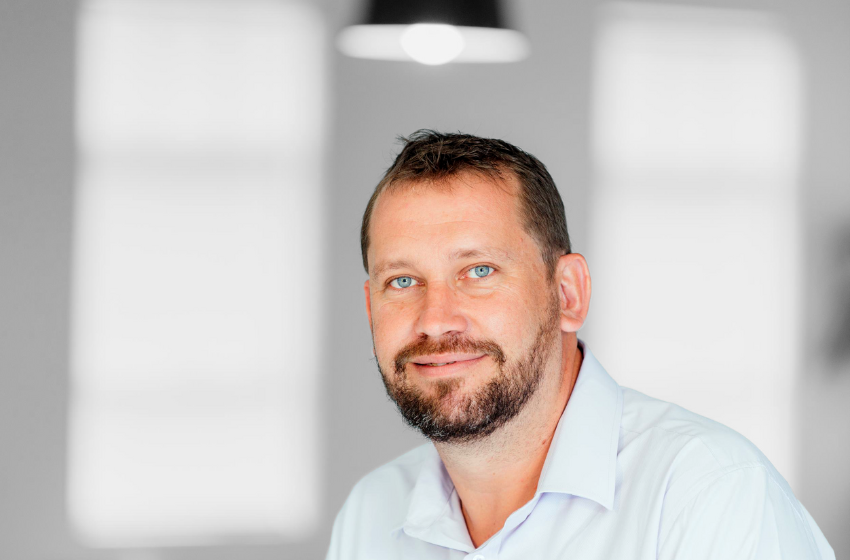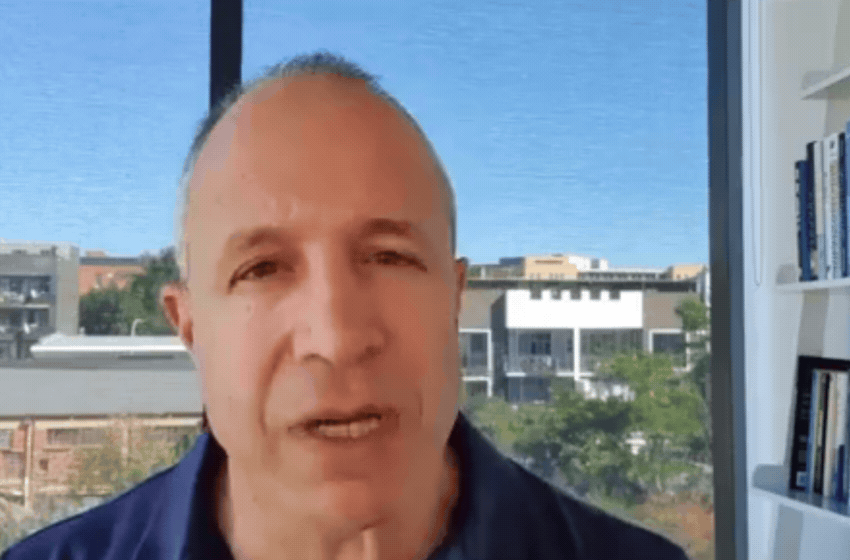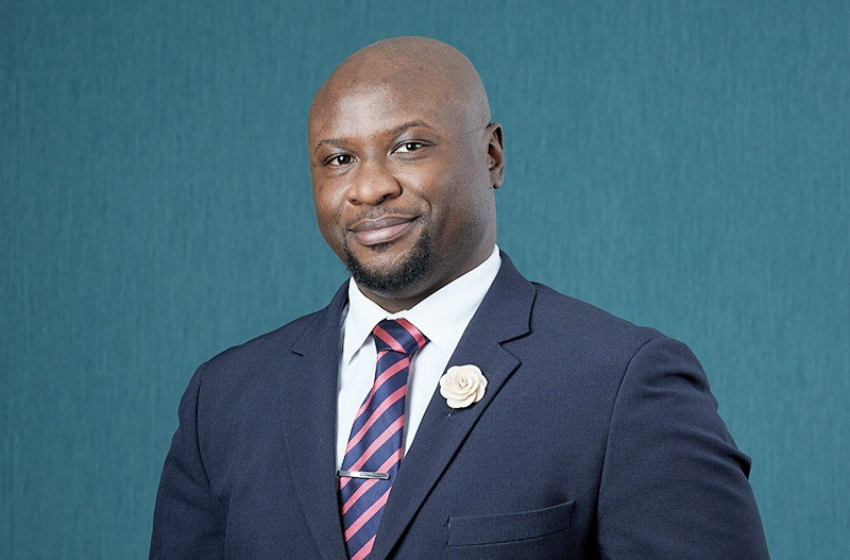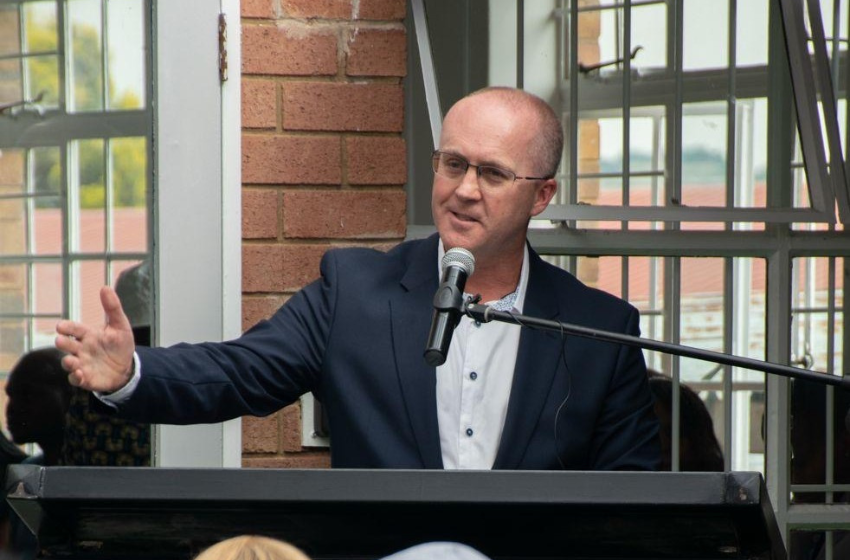
Author: Dean Muruven, Associate Director, Boston Consulting Group (BCG)
The scale of the water infrastructure crisis in South Africa is immense, but forward-thinking stakeholders in the public and private sectors can position themselves as pockets of excellence by learning from their counterparts in Asia and focusing on the elements
they can control and act on.
The current framing of the water infrastructure crisis is one in which hundreds of billions of Rands are needed to fix ageing infrastructure. When the Department of Water and Sanitation estimates an annual investment of over R90 billion per year over the next
decade, it is easy to be frozen into inaction.
The numbers are simply too big for an ordinary resident, business owner, municipal manager or mayor, provincial public-sector official or even a single-term presidential administration to get their heads around.
In short, it appears we are getting better at diagnosing the problems – ageing infrastructure, leaking pipes, corruption – that contribute to the crisis, but appear to be lacking the surgical strategic focus needed to take us forward.
This leads to a degree of paralysis as stakeholders all expect others to take the lead on initiatives. This doesn’t have to be the case.

The topic of government “efficiency” is taking centre stage across the globe and South Africa (SA) is no exception, particularly following the formation of the Government of National Unity (GNU), where new ministers are eager to demonstrate their ability to
enhance service delivery and gain recognition in the eyes of the voting public.
How would we define a “strategic” focus?
There is a lot of hope being placed on the Lesotho Highlands Water Project Phase 2, but we cannot adopt a “wait for the infrastructure” approach, it simply takes too long, and the impacts of the crisis are being felt right now.
Critics will tell you that the provisioning of water is complex and large engineering projects will take years, but we at BCG see another path for governments which will allow them to be more innovative and responsive rather than allowing the complexity to
deter progress.
What could these innovative solutions look like?
South Africa achieved nearly 300 days without loadshedding, but this was not because of new power stations coming online. Rather, it was driven by a combination of the Renewable Energy Independent Power Producer Procurement Programme (REIPPPP), which enabled
private sector infrastructure investment, and the rapid rollout of rooftop solar. In turn providing Eskom with the breathing room to conduct maintenance while keeping the economy running.
It is important to remember that innovation isn’t just about introducing new technology solutions. In the public sector, the pen is often its greatest resource. By combining policy governance with innovative incentives, we can create streamlined pathways for
new solutions.

For example, the Section 12B incentive became a powerful catalyst for the rapid rollout of rooftop solar infrastructure. It not only rewarded citizens who invested in solar but also enabled the development of pooled funding structures for asset managers – reducing
costs and facilitating larger-scale projects. The potential to extend this incentive for the installation of water saving devices or rainwater harvesting systems could have a similar impactful result.
A second example is the fresh thinking from National Treasury around Public-Private-Partnerships under the value of R2bn which can now go through less onerous approval processes which should ultimately bring them to market sooner.
This prompts us to reconsider the technologies we could implement. It often feels as though we are locked into the idea that water can only be delivered through large-scale infrastructure and piped distribution. In Asia, BCG has developed “Sandboxes” for testing of different solutions which include de-centralised water treatment sanitation services and optimised water storage for farmers. If we zero in on specific municipalities and, for example, focus solely on diversifying the water supply e.g. rainwater capture,
the potential to enhance our water infrastructure could be immense.
Whichever way you look at it, the water system is broken. We have supply and demand challenges, operational and maintenance issues and serious governance issues. We need to think differently to accelerate the co-creation of local water initiatives and scale successful projects.
Those who are prepared to think big, act fast but start small can positively impact the communities in which they operate and provide a catalyst for one of our most pressing social and economic challenges.
Share via:




















